Friday, February 20, 2015
Doug Livingston and the Double Read
by Martin Hicks
Doug Livingston
Douglas George Livingston has been composing poetry for
approximately fifty years. During this half century he's been a lifetime
resident of the Lakehead, although the majority of his artistic sensibilities
seem to lie elsewhere, especially Europe.
Douglas also paints and keeps extensive journals on
artistic and other concerns. To date, he's published four collections of poetry
as well as single pieces in periodicals; attended many workshops; and given
countless readings. His publications are, respectively: A Butterfly Rides
Her Horse (1982), The Perplexed Room (2003), Myoclonus (2012),and Kata
Hodos (late 2014).
He's best known for his recitals at which the collective
opinion of his audience is that they love the textured sound value of his work-it
sounds so good! However, aside the same individuals invariably ask
afterward “...but what does it mean?” Some hope that just one more
reading and it'll all become quite clear. This doesn't happen. Livingston
himself remarks that his compositions are the product of what he believes to be
almost surreal automatism and thus he isn't quite sure-though their medium-what
exactly such words convey, if anything.
Apparently there hasn't been a single article written on
the subject over the past five decades to clarify this complex matter.
Therefore, it's hoped that this belated sort of combined “four-in-one book
review” may in part finally furnish the reader with one possible approach to
appreciating Douglas Livingston's poetry. Even if you don't smoke, take out
your meerschaum calabash and a goodly supply of tobacco and retire to a
designated smoking zone. This imposing mystery is surely a two pipe problem,
Shirley and Sherlock.
But before it's explained why it's two pipe, let's
begin with what the poet asserts are the strongest influences on his own style
of composition. These might furnish us a tiny lead to his own puzzling output.
Douglas mentions most frequently in conversation they are the Beats, Arthur
Rimbaud, and the Fifties and early Sixties post-War urban malaise. However,
when investigating these assertions we soon discover several difficulties.
For instance, the co-founder of City Lights Bookstore and
major promoter of the Beats during the period alluded to was Lawrence
Ferlinghetti (1919-) who's still active as a poet today. His bestselling book,
A Coney Island of the Mind, is aimed at the person on the street.
Ferlinghetti believes poetry should be “open-ended” and easily accessible to
everyone. Livingston's certainly is not.
Douglas also cites the French Bohemian poet Arthur
Rimbaud as a major personal aegis. Here another problem is immediately evident.
Rimbaud's reputation rests largely upon poems composed in traditional prosody
[revived these days as formalist], unlike Livingston's vers libre style,
including “Voyelles” and “Le Bateau Ivre.” Instead, Doug utilizes what he terms
“word collages”. Actually, what appears to appeal to Douglas in Rimbaud's
poetry is its overall heavy dark ambiance, such as “Un Saison en Enfer”
and the poems-in-prose pieces Illuminations he read in translation when
young. The mood therein is similar to the Fifties milieu Doug still identifies
with and uses as his standard of present day reference, although such an
era and its values seem often highly inapplicable today.
Occasionally, Livingston also mentions as mentors Allen
Ginsberg of Howl and Sylvia Plath of Ariel fame, diverse
mythological female personages, along with a bewildering assortment of philologists-psychiatrists-psychologists
in order to elucidate difficult poems to already benighted non-scholarly
listeners. The latter tri-grouping includes: deconstruction proponent Jacques
Derrida, Jacques Lacan, plus various Freudians and Jungians, ad
infinitum, none of whom by profession are actual literary critics; and
whose theories are even more esoteric to the general public than the content
they're purportedly attempting to help explain [moan, groan].
By analogy, to the befuddled layman it's like someone
using Egyptian hieroglyphics to translate some toe-scrawled squiggles of
outdated Pitman shorthand. Not elementary, Doctor Watson, not elementary. All
these references may or may not flavour Doug's lines but do nothing, alas and
alack, to shed any light on their
underlying meaning. Thus such trails end up as a cul-de-sac in our
investigation. Taken all together these distinguished figures appear to be for the
poet mainly respected role models to emulate-almost revered
household deities-not significantly involved directly in his own
individualistic writing per se. Another approach to understanding is
therefore necessary.
Okay, let's work on the assumption then that, in the
final analysis, for our intents and purposes, the method of writing in the four
books and elsewhere is peculiar to Douglas G. Livingston alone and only an
internal study of the poems themselves can explain their cryptic content.
Therefore, we'll need in front of the magnifying glass a representative example
of Livingston's poetry in order to
assess it properly...because there's nothing more annoying than having
something being discussed that's nowhere nearby to refer to during the process.
So here's a furnished entire poem chosen from Doug's first collection. The
reason for this choice is it's short and self-contained, and deals with one of
his main themes, an incarnation of the assertive feminine archetype:
artemis
with an arrow formed of winter wind
and the bow of a summer afternoon
she guides her hunger through empty streets
she ascends the season of tarnished boughs
near a lake of many memories
she sees tomorrow's lightning flash
and darkness touches her pensive hills
with a heartbeat of lost slumber
a tower of transparent gold
with windows of new morning dew
was once her home and legacy
now clouds and shadows haunt her eyes
the seasons tremble round her footsteps
downward toward an ashen sea
So where to begin in this particular case? Well, in his introduction to Kata Hodos
Douglas claims that his poetry may require, “slow reading, perhaps
re-reading...” This statement is true although unintentionally somewhat
misleading. Yes, admittedly Livingston's poems require at least two readings,
but also two different kinds of readings.
Step One. This is where you light your bowl for the first time during the two pipe
problem. Read the poem aloud in the regular fashion as you would any
material from left to right. You are reading for the overall effect only
at this point, emotional intensity. This is a linear reading as
in all living and classical European languages. It's the simplest part of the
problem, the sound associations so lauded by Doug's listeners.
Step Two. Light your second pipeful. Don't read the poem but
stand back and pretend the page is a painter's canvas...that you're looking at
a Surreal painting, not a sheet of paper, with incongruous objects placed in
close proximity, a technique well-known to Douglas. You're not told outright
what the poem means. To obtain the answer you are required to do a little of
your own private investigating. Like an eerie midnight auditor, you must tally
the poet's presented subconscious images and arrive at the sum total picture
afterward. You're replacing deconstruction here with reconstruction!
Adding: the title above, the arrow, and the bow when put together tell
us the subject is the classical ancient Greek huntress Artimis [in antique
Latin identified with Diana], a type above. The “pensive hills” are her
breasts, emblematic of her gender. Furthermore, Artimis it turns out in the
final audit is actually a constellation like her sexual counterpart, Orion in
the zodiac. But instead of being a heavenly star cluster she's an Earthly one
attached to Earth as Mother. This stellar configuration floats in a vague
atmosphere of descriptive landscape to create a mood effect. It's fourteen
lines and the divisions are similar to those of the French sonnet in
structure...a free-floating sort of formation, not just free verse stripped of capitals
The cold case has just been solved in a suggestive
general, but not specific, fashion. The poet deliberately doesn't
want to be too exact, too mundane, but mythic. Incidentally, the
influences in “artimis” aren't any mentioned before but rather Shelley's ode in
the first line and Coleridge's “Kubla Khan” in the ninth and final. Now that
the method is known it can be applied to any such poetic work. Armed with this weapon,
go forth into the fog and toot-toot your
whistle if you stumble upon something significant!
Since sounds are so very apparent in Doug Livingston's poetry a few observations
on them will be given in passing after
drawing attention to the fact that the word she repeats twice to drive
home the point that the subject is above all else indeed a self-confident and
assertive-albeit lonely-Amazonian. Notice her is deliberately used five
times throughout in anaphora to emphasize her presence. The sibilant s
continues throughout so each time the letter is heard it reminds us again and
again of she. A string of s's at line-endings replaces rhyme, season
turns subtly into seasons. There's other aural links as well. Study the
interwoven w's and t's too. They're called consonantal groupings
and weave an auditory texture throughout myriad poems and song lyrics. Similar
linguistic devices are often used by poets intuitively, relying solely on
an attuned, self-trained ear.
Other sound associations are employed as well. Take The Perplexed
Room. This is obviously a cockeyed mental interior throughout. Perplexed
outside its common dictionary denotation suggests plexi-glass in
this context, a transparent view of an inner cerebral space. Likewise
tarnished contains tarn associated
with the following lake, and so forth. Look for words doing double
duty. Myoclonus [an involuntary twitching] sounds really wrong for a
book of poetry because it's an obscure
medical term, nor part of stock poetic vocabulary.
A
brief mention of Doug Livingston's constant use of the powerful independent
“archetypal eternal feminine” as she's so-called. She appears in one guise or
another throughout his entire output as an idee fixe somehow tied in closely with his own personal
life experiences involving women. She is
sometimes manifested as matriarch, goddess, witch, nurturer, and school teacher.
Douglas' attitude towards her is highly ambivalent to say the very least, vacillating
between diametrically opposed extremes from worship to loathing, his attitude never
integrating opposites in spite of his
many claims to the contrary.
Sometimes she's incarnate as the kind of
deity Robert Graves of The White Goddess would have highly approved of, such
as giver of occult Wisdom, Sophia or Pallas Athena...or her contrary, abuser of
entrusted power. Here's a depiction of her in the role of school teacher,
withering the green, adolescent male:
two faced
she smiles
over student dreams
brings death
with her double tongue
curses
to budding thought
to perception's
first flowering
outside
a classroom purview
Who'd want to linger after class as this
teacher's pet unless to bring her an apple-poisoned!
Continuing further, the womanly
embodiment appears indirectly in even
the title of Doug Livingston's first collected poems, A Butterfly Rides
Her Horse. What's this nonsense, you scoff! It's such a ridiculous rubrique,
completely silly! But not so much so if you think about it for a moment. The
large, strong stallion is a male symbol and the delicate butterfly a female
one. They complement each other, make each other complete Ying-Yang-like.
Together they form the winged horse, Pegasus, the traditional symbol of Poetry
itself. But why is it that the tiny feminine symbol is mounting the big masculine
one, not visa versa? Isn't that odd!
Moving right along. As mentioned before
Douglas calls his poems “word collages” composed by putting words together on
paper without much regard to their common meaning [though Douglas is an
incessant user of lexicons and knows them]. This is also misleading. The very
word “word” itself at the start makes his reader think of dictionary entries;
when standardized definitions aren't found in numbered listings, his poems are
immediately dismissed as nonsense. But if we replace “word collage” with “sound
collage” Livingston's poetry becomes very akin to Zaum. Zaum is a portmanteau
word from Russian meaning “beyond reason” or "beyondsense" where
woven sounds by themselves compose a symbolist tapestry of indeterminate aural
associations, but possess no concise meaning you can reference anywhere.
“Word collage” doesn't work well as an
explanation for another obvious reason. When we're reading along in
Livingston's books sometimes we come upon substantial passages more than just a
rush of word glue composite. For example:
day was brief
a glorious sun
of dawn and noon
youth too soon
sees sun to set
as night comes on
no moon
but heavy clouds
This surfaced chunk is a fairly-sizable
autobiographical reflection on the poet's life at seventy-one years of age.
Even so, throughout all four books there are long poems with phrases
taken from the text body and used as headings.
These don't mask the blatant fact that it seems Douglas G. Livingston is
composing a single, continuous lifelong poem to put Ezra Pound's epical Cantos
to shame. It's difficult for even a persistent reviewer to
sustain interest over such protracted length. Replacing James Joyce's Stream of Consciousness here we
have an unwinding skein of what can be termed Stream of Subconsciousness
with the poet still unaware of the message's content even long after the
aforementioned automatic writing,
However, don't panic at the confounding, never-ending hints and go running out hailing a hansom [more
likely, Roach coach] in bewilderment and dash from 221b Baker to 22 Banning St
where Mr. Livingston resides chain-smoking in his subsurface study amid piles
of books and more ashy fallout than from
Vesuvius and Krakatoa combined. It will be of no avail. Seated, lighting
rollies, he'll be deciphering elusive Meaning himself.
With these factors considered, it seems
Douglas Livingston has long-since proven what his style of assembled “word
collages” can accomplish and so should challenge himself further with other
literary projects, such as articles based on his extensive study of schools
of painting and various writers. In the
future, of course [like Kata Hodo],“down the road”. Such topics would come as a welcome relief from
the spruce-moose-goose subject matter readers are so often force-fed in our
area on a daily basis. In any event he wins points for endurance for fifty or
more years at his craft.
Douglas Livingston's first review is finished. You must be completely
puffed out by now by such a grueling exercise in futility. But hold on before
you leave! In closing consider this peculiar possibility. This whole
“four-in-one review” may be itself merely another exercise in automatic writing
and does no more to explain the meaning of Mr. Livingston's poetry than at the two
pipe problem's enthusiastic outset. If such proves the case and if the internet
and biosphere don't collapse by then, wait another fifty years and maybe
somebody will compose an automatic article to explain this somewhat autonomic
effusion. Then in fifty more years down the road... End
-Martin Hicks
Notice:
Books by Douglas G. Livingston, Martin Hicks, Alexander Kosoris, along with other fine Canadian authors are available
at the new-managed Book Shelf & Game Shelf
behind Mr. Sub off Memorial
Avenue (not to be confused with the store of the same name formerly located at
the corner of May & Miles Street).
Ask for Dave.
Doug Livingston and the Double Read
Subscribe to:
Post Comments (Atom)





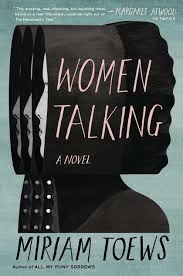
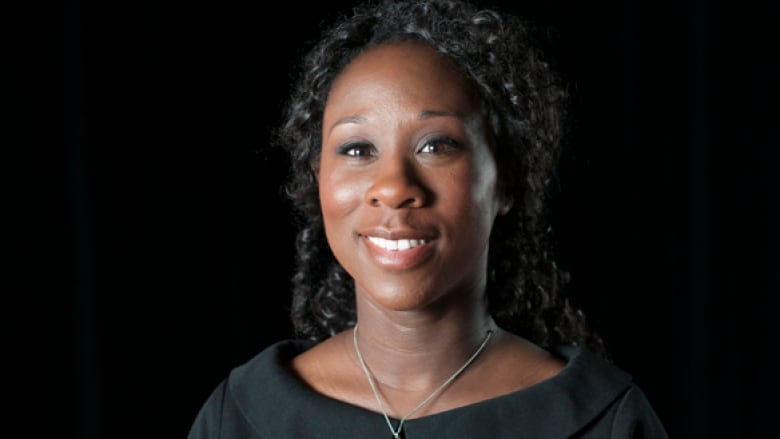


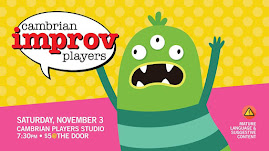



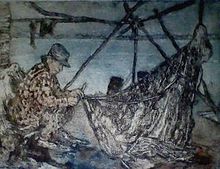

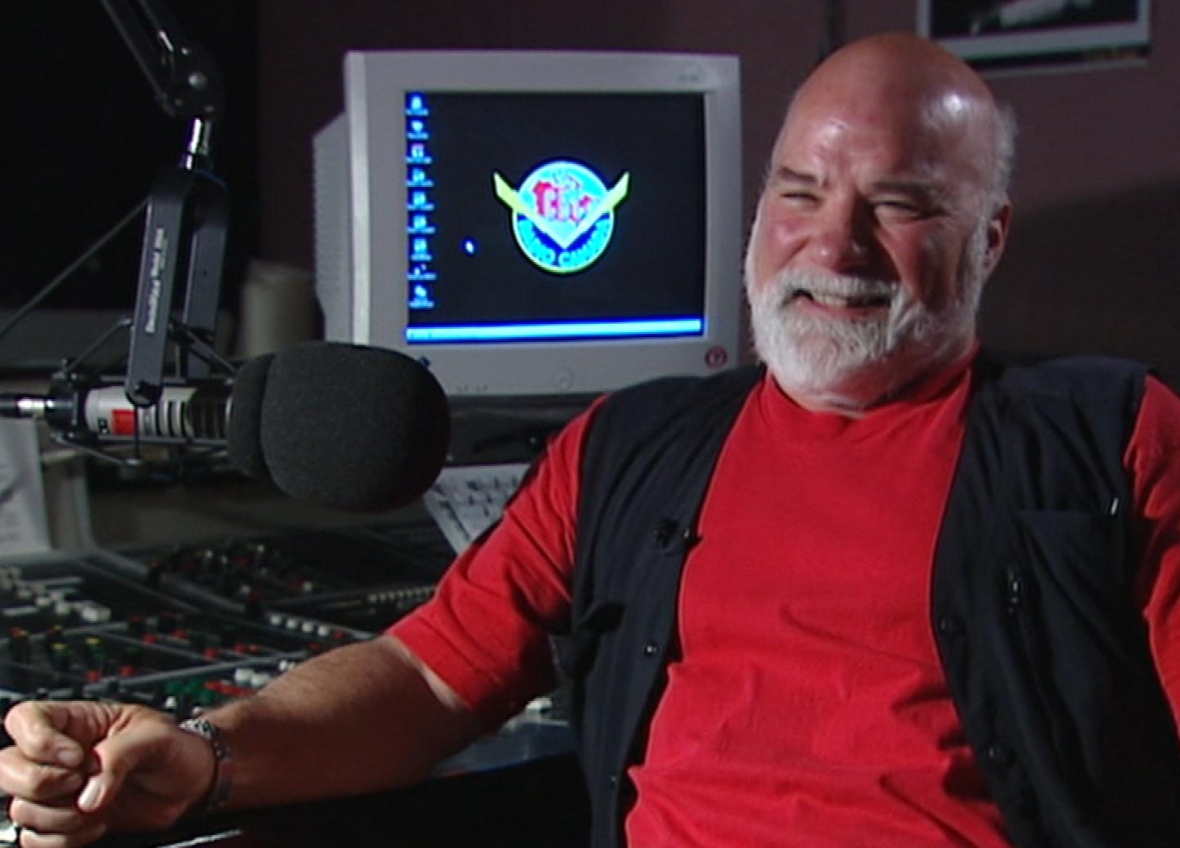
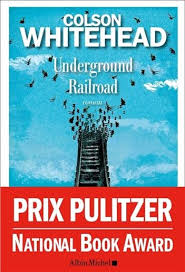

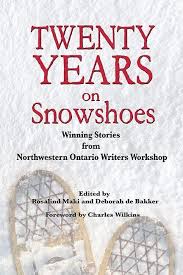












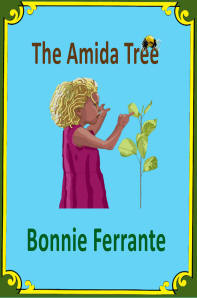
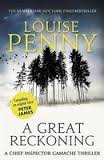


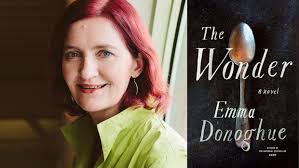












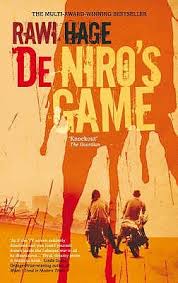


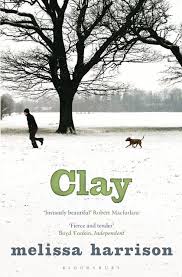




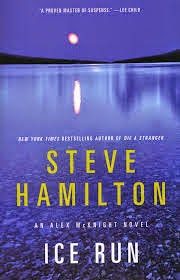
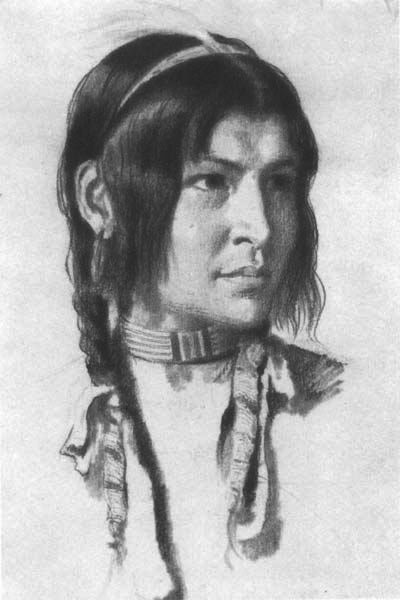



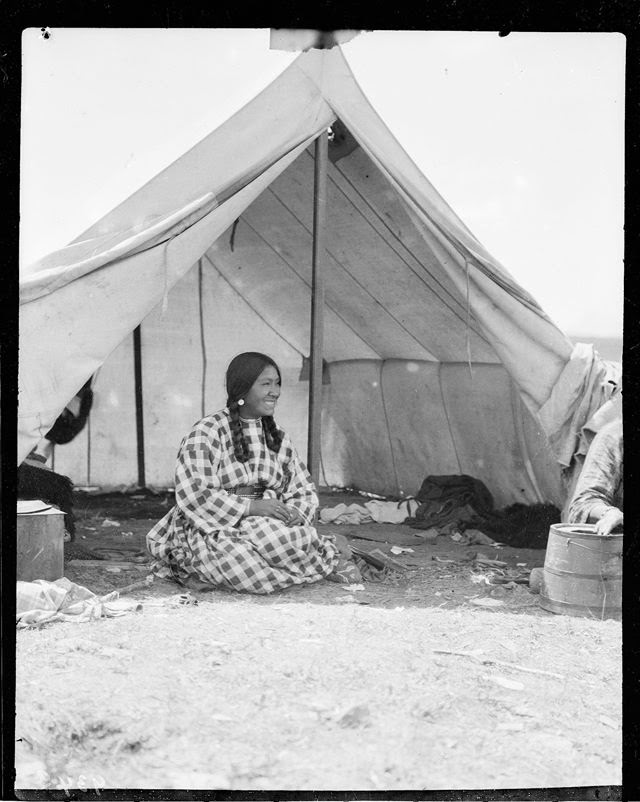





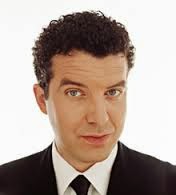

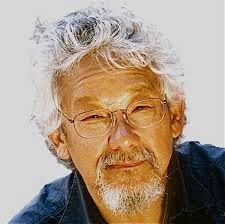






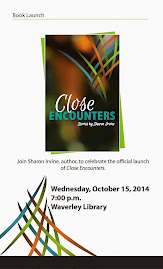
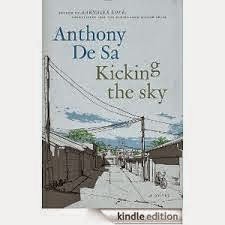
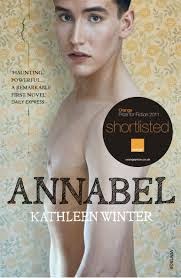








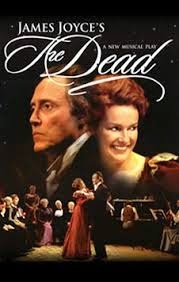


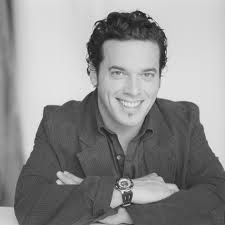




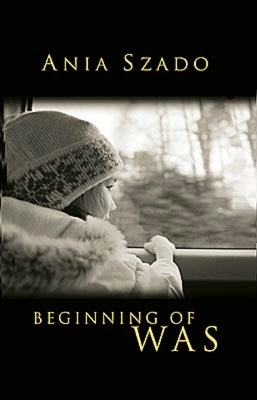

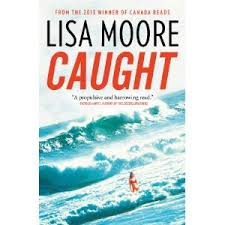

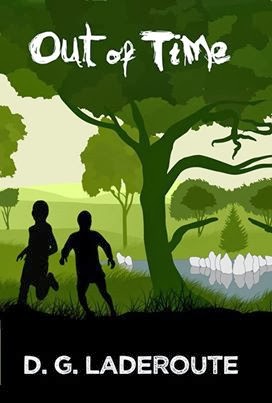
















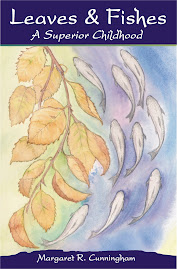


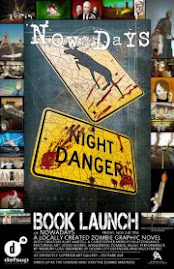



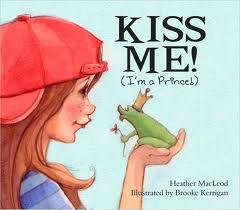

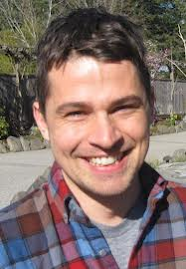


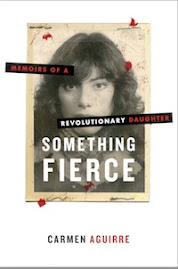

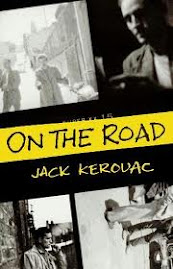

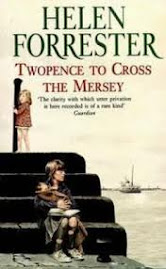




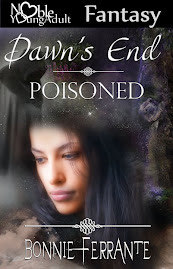

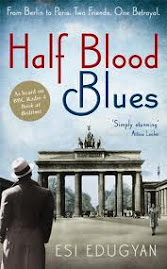

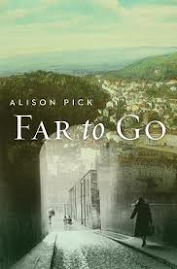

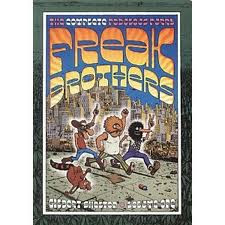
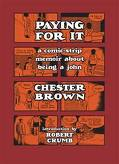
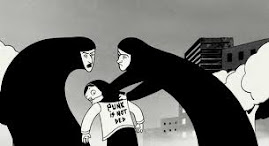
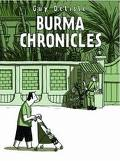



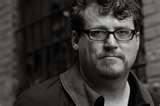

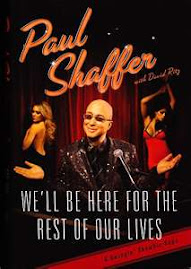






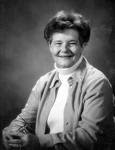

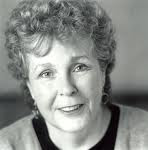
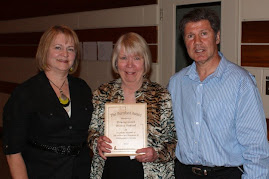




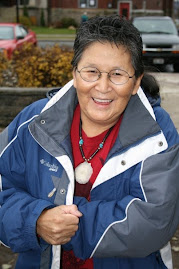




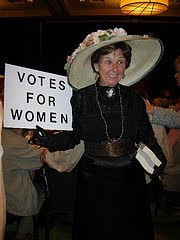




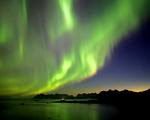














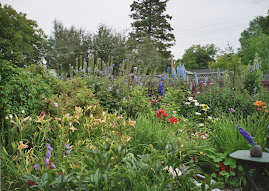

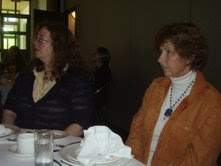














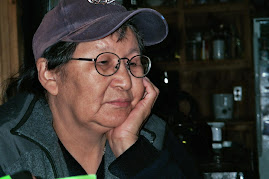















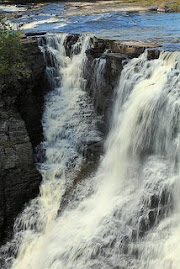



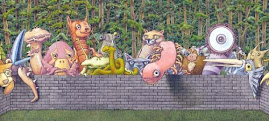
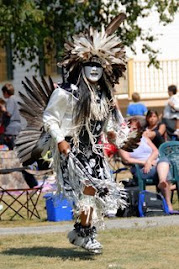
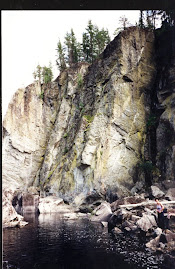





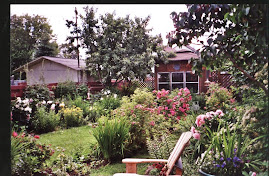








No comments:
Post a Comment